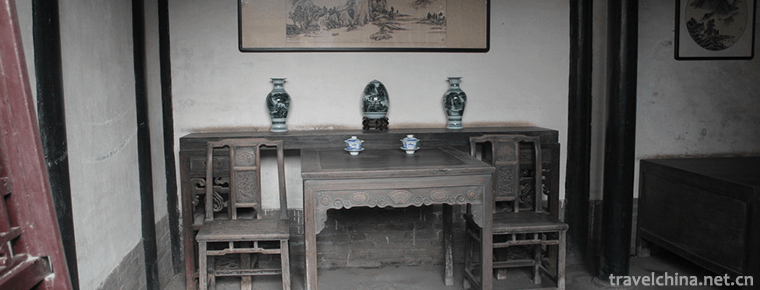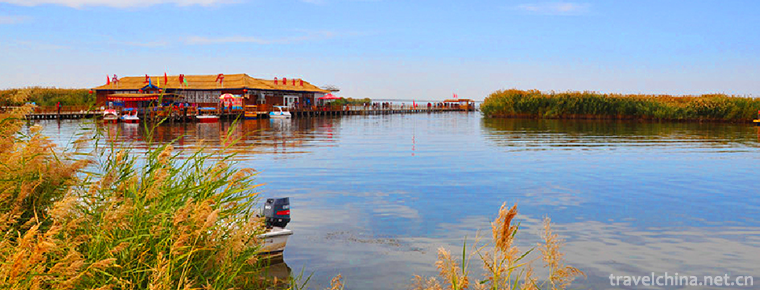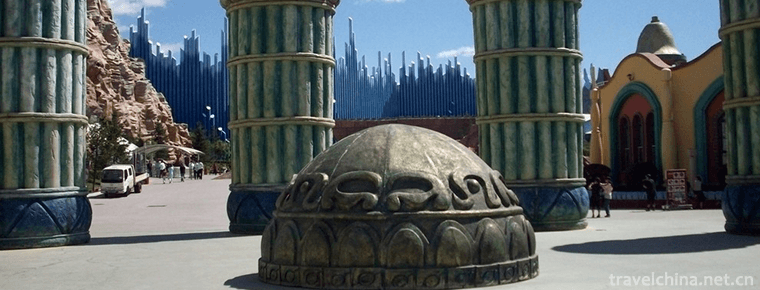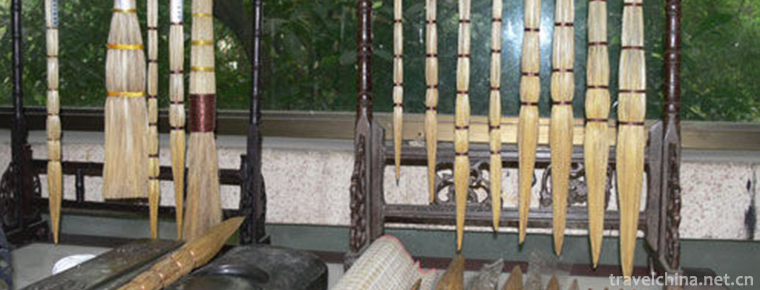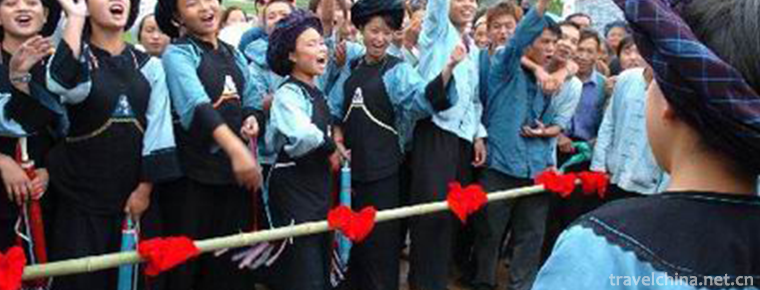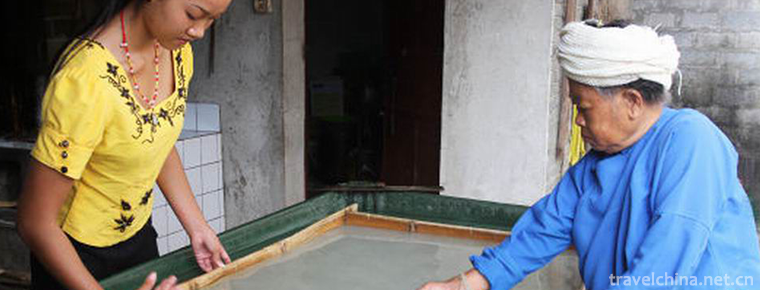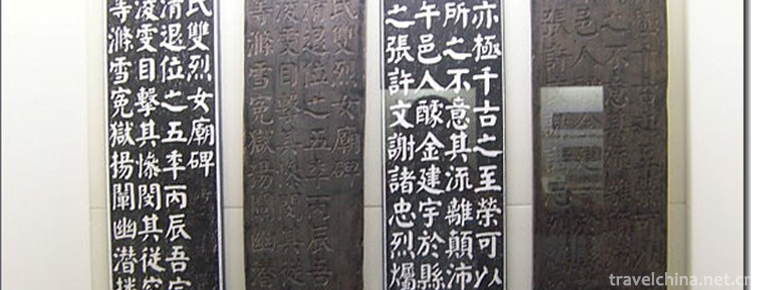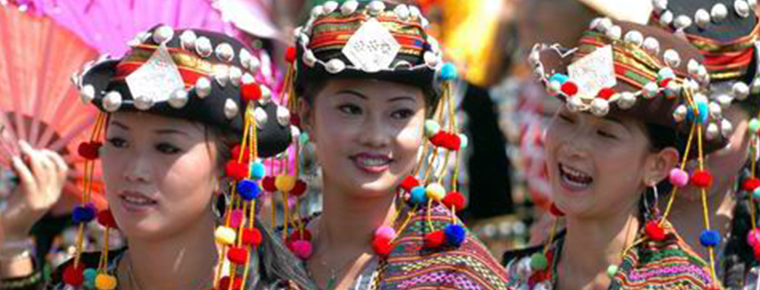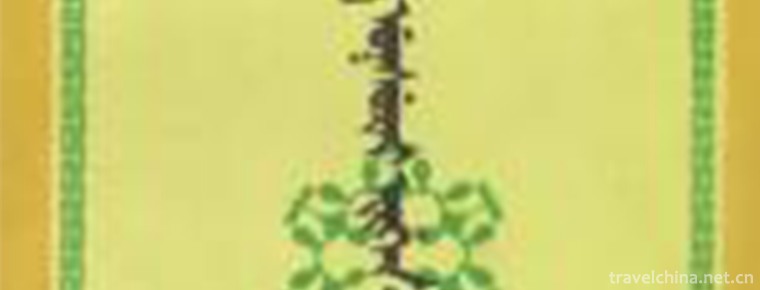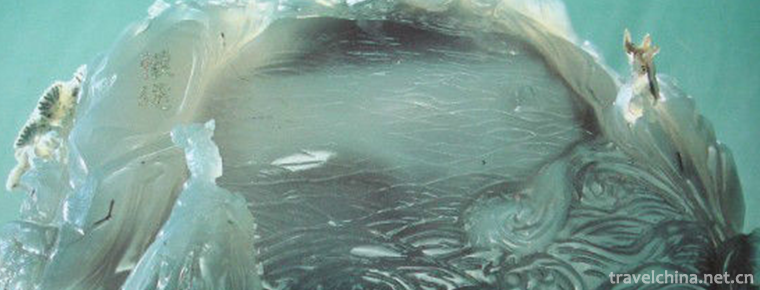Zhongyuan Festival Chao Ren Yulan Winning Club
Zhongyuan Festival Chao Ren Yulan Winning Club
Chao Ren Yulan Sheng Hui is a traditional folk custom and folk belief activity. The fifteenth day of the seventh lunar month is commonly called "ghost festival" in Hong Kong. It is said that ghosts in the seventh month of the lunar calendar can come to the world. In some areas, people will burn paper and incense candles on the roadside to cross over the ghosts. Each venue has Shigutai, Jianjiantai, stage, Dashitai, altar and so on. The stage in each neighborhood is dominated by Chao Opera performances, as well as various forms of literary and artistic activities and exhibitions of handicraft works. Chao people's Yulan Wing Club is held in more than 60 places on Hong Kong Island, Kowloon Peninsula and the New Territories.
origin
The fifteenth of July is also the Buddhist Yulanpen Festival. Yulan basin is a transliteration of Sanskrit. "Yulan" in Sanskrit means hanging upside down, describing the state of misery, basin refers to utensils for offerings. Buddhism believes that offering this device can relieve the upside-down suffering of the deceased parents and relatives. The peony basin is the meaning of "unhanging upside down". The ceremony of Buddhist celebration of Zhongyuan Festival is called "the peony pot meeting". The celebration of Zhongyuan Festival is not only to worship the deceased relatives, but also to commemorate the eyedrops who saved their mother from hell in Buddhist scriptures in order to praise his filial piety.
Taoism's Zhongyuan Festival and Buddhism's Yulan Festival gradually merged with folk customs and beliefs of ghosts and moons, and became a grand traditional folk festival with rich connotations and customs, which integrates sacrifice, sacrifice, relief and forgiveness. In Chaoshan, Fujian and Hong Kong, people attach great importance to it. Especially in Hong Kong, Chao Ren Yulansheng will have unprecedented grandeur.


-
Mount Emei
Mount Emei is located in Mount Emei, Leshan City, Sichuan Province, China..
Views: 371 Time 2018-10-13 -
Zhou Enlais Hometown Scenic Spot
Zhou Enlai's hometown scenic spot is located in Huai'an City, Jiangsu Province, a famous historical and cultural city in China. It is a national 5A-level tourist attraction..
Views: 192 Time 2018-12-06 -
Linhe Yellow River National Wetland Park Inner Mongolia
Inner Mongolia Linhe Yellow River National Wetland Park is located in Linhe District, Bayannaoer City, Inner Mongolia Autonomous Region, with a total area of 4637.6 hectares. The functional zoning map.
Views: 164 Time 2018-12-26 -
Changying Century City
Changying Century City, located in Nanguan District, Changchun City, Jilin Province, was founded in 2003. It is a comprehensive tourist area integrating science and technology, adventure, performing a.
Views: 206 Time 2019-03-17 -
Zhaozhou Bridge
Zhaozhou Bridge, also known as Anji Bridge, is situated on the Juanhe River in Zhaoxian County, Hebei Province. It spans more than 37 meters across the river. Because all the bridges are built of ston.
Views: 178 Time 2019-03-17 -
Dragon Pen Making Skills of White Shamao
The craftsmanship of the Dragon pen of Baishamao was originated by Chen Baisha, a famous calligrapher. It has a history of more than 500 years. Made of Maotao, a special product of Guifeng Mountain.
Views: 281 Time 2019-04-03 -
Bouyei costume Guizhou Province
As a material and cultural phenomenon, the production and change of Buyi costumes are always in line with the social and economic development. .
Views: 171 Time 2019-04-04 -
Handmade Paper Making Skills of Dai and Naxi Nationalities
Dai and Naxi hand-made paper-making skills, Yunnan Lincang City, Shangri-la County, local traditional handicraft, one of the national intangible cultural heritage..
Views: 127 Time 2019-04-24 -
Rubbing and Printing Skills of Hengshui Inscriptions
Hengshui Law Tie Engraving and Printing Technology, the traditional handicraft of Taocheng District, Hengshui City, Hebei Province, is one of the national intangible cultural heritage..
Views: 192 Time 2019-05-03 -
Nau Song of Jingpo Ethnic Group
The Jingpo Munao Longitudinal Song is the most solemn traditional national festival of the Jingpo nationality and one of the national intangible cultural heritages..
Views: 79 Time 2019-05-08 -
Xibo Folk Stories
Xibo folk tales, Xibo people are descendants of Xianbei people in ancient times. Xianbei was originally nomadic in the eastern foot of the Great Hinggan Mountains, and has been hunting and fishing for.
Views: 197 Time 2019-07-01 -
Jade carving
Jade carving is one of the oldest carving varieties in China. Jade carved into exquisite crafts, known as jade carving. Craftsmen in the production process, according to the natural color and shape of.
Views: 343 Time 2019-07-16

